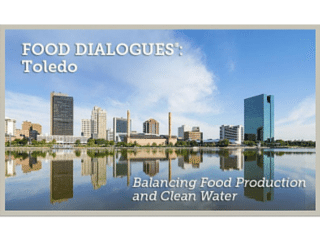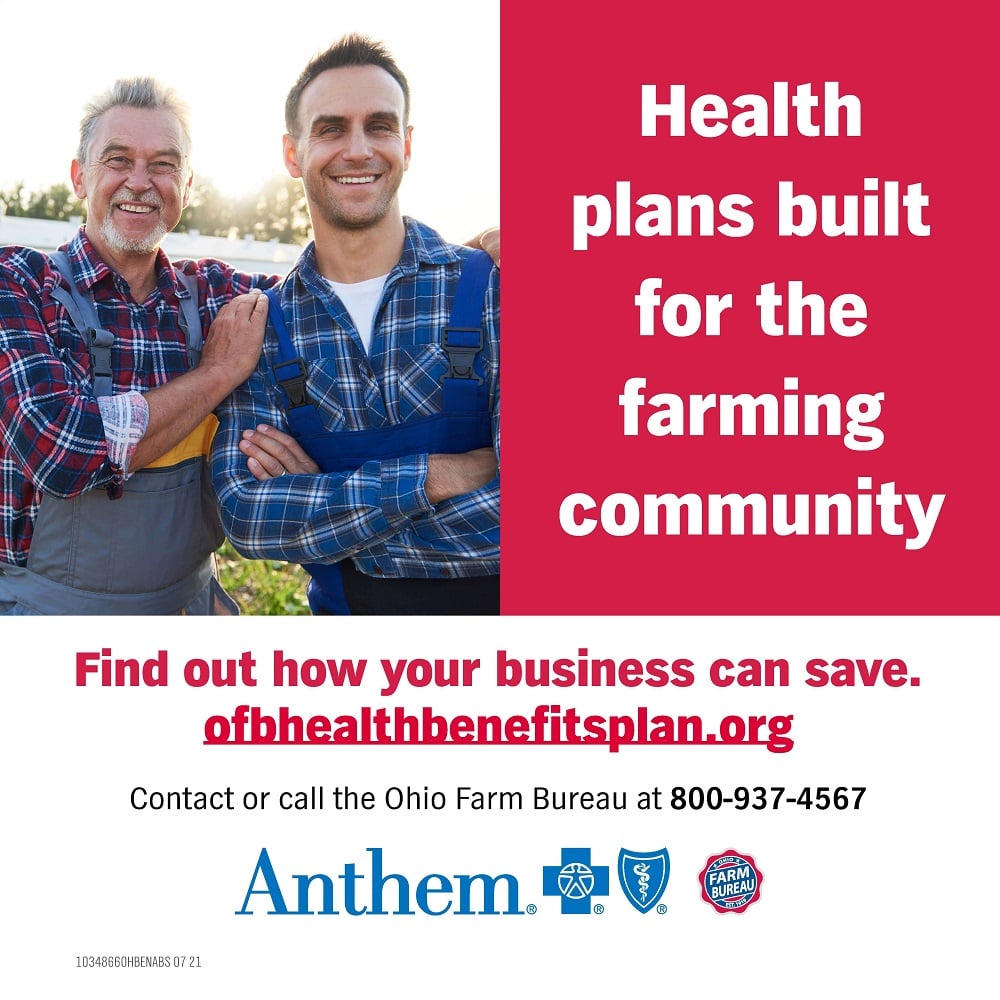Event
Food Dialogues: Toledo | Balancing Food Production and Clean Water
May 28, 2015 | 10:00 am - 12:00 pm

Date/Time
Date(s) - May 28, 2015
10:00 am - 12:00 pm
Location
Map Unavailable
Categories No Categories
The 2014 Toledo water crisis drew worldwide attention to a crucial question: How do we balance our need for clean water with our need for abundant food?The toxic algal bloom that caused 500,000 people to be without tap water made the relationship between food and water a high priority for citizens, government, farmers, environmentalists and businesses. Please join us for a discussion, moderated by Emmy award-winning broadcast journalist Gail Hogan, which will be live streamed on the internet and feature diverse panelists discussing the environmental, agricultural, social and economic aspects of this critical topic.
Panel 1: Lessons from Toledo Water Crisis | 10:00 – 10:45 a.m.
August 2, 2014 reshaped how the world thinks about agriculture and the environment. In the aftermath of 500,000 residents losing their water supply, what did the community do well, what did it not do well and what are the lessons to be learned going forward? Panelists will share perspectives from the farm and environmental communities, city government and local business interests.
- Sandy Bihn, president, Toledo Lighthouse Society and executive director, Lake Erie Waterkeeper Inc.
- Edward Moore, director, City of Toledo Public Utilities
- Rich Nachazel, president, Destination Toledo, Inc.
- Adam Sharp, vice president of public policy, Ohio Farm Bureau Federation
Break | 10:45 – 11:00 a.m.
Panel 2: Balancing the Food and Water Equation | 11:00 – 11:45 a.m.
Water quality and food production are inextricably linked. How do we manage both resources in ways that meet society’s needs? Innovative thinkers from agriculture, conservation and the scientific community share insights into the challenges ahead.
- Jack Fisher, executive vice president, Ohio Farm Bureau Federation
- Josh Knights, executive director, The Nature Conservancy in Ohio
- Jay Martin, lead faculty for the Global Water Initiative and the Field to Faucet Program, Ohio State University
- Terry McClure, vice chairman, Ohio Soybean Council Board
Visit FoodDialogues.com for more information and to see footage from past Food Dialogues events.
About the sponsors:
About The Food Dialogues: The Food Dialogues signature events are designed to bring together farmers, ranchers, industry experts, scientists, media and consumers for dynamic panel discussions on some of today’s most pressing topics related to food and food production. Since its launch in 2011, the U.S. Farmers & Ranchers Alliance has hosted 26 panels across the country.
About U.S. Farmers & Ranchers Alliance: USFRA is a group of more than 80 farmer- and rancher-led organizations and agricultural partners leading a movement to answer questions about how food is grown and raised. USFRA provides resources and tools to navigate today’s food issues landscape with a broader goal of building trust in American agriculture.
About Ohio Farm Bureau Federation: Ohio Farm Bureau Federation is a private membership organization of more than 200,000 members that was founded in 1919 with a mission of helping farmers. Farm Bureau works on behalf of members at our nation’s capital, Ohio’s Statehouse, with regulatory agencies, and locally in every Ohio county. Our members are farmers, gardeners, food enthusiasts, teachers, nature fans and anyone who wants to make their communities better by protecting, preserving and promoting agriculture.
About Ohio Corn Marketing Program: The Ohio Corn Marketing Program is a voluntary, self-help program that allows for the collection of a half cent-perbushel assessment by all first purchasers of the grain. Funds can be invested only for research, market development, education and promotion purposes. The program’s goal is to create new and expanded markets for corn and to increase the farm income of Ohio’s corn producers.
About Ohio Small Grains Marketing Program: The Ohio Small Grains Marketing Program Board works to improve wheat production, wheat qualities and to strengthen markets for wheat in Ohio as well as wheat export markets. OSGMP dollars support educational programs in the state and fund research programs at Ohio State University to create better crops and open new markets.
About Ohio Soybean Council: Headquartered in Worthington, the Ohio Soybean Council is governed by a volunteer farmer board, which directs the Soybean Promotion and Research Program. The program’s primary goal is to improve soybean profitability by targeting research and development projects through the investment of farmer-contributed funds.




